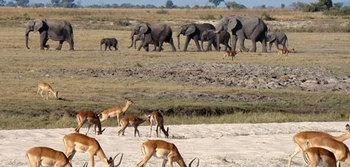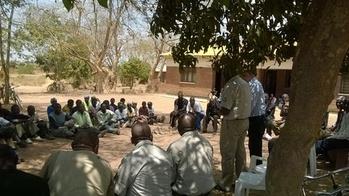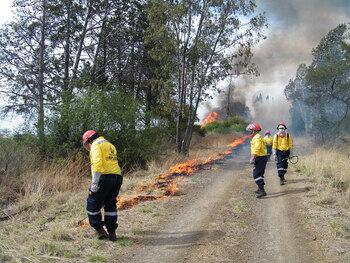Context
The member states of the Southern African Development Community (SADC) are rich in natural resources. More than half the gross domestic product (GDP) of the 16 states comes from agriculture, forestry, mining and tourism. Progressive deforestation, inappropriate land use systems and poaching – combined with illegal trade in wild animals – are having a detrimental effect on the quality of the natural ecosystems. Their biodiversity and unique wildlife populations are declining. To take one example, the number of African elephants has declined by almost 20 per cent over the last ten years due to illegal poaching. However, wildlife populations form the basis for nature tourism, an important sector in southern Africa.
The SADC member states have therefore formulated a series of regional strategies to protect ecosystems more effectively. The SADC’s regional development plan refers to the sustainable use of natural resources as a central concern in the region. The SADC protocol for the improved protection of wild animals highlights the significance of transboundary protection for the conservation of shared wildlife populations.
German development cooperation is supporting the SADC member states in establishing ‘transfrontier conservation areas’ (TFCAs) and improving the management of these areas. TFCAs extend across the borders of two or more states. They contain various land use systems such as settlements, protected areas for wild animals and plants, agriculture and livestock farming.
There are currently 18 TFCAs in the SADC region covering a total area of more than a million square kilometres, which is bigger than France and Spain put together. TFCAs make up more than 50 per cent of the area under protection in southern Africa. They are at different stages of development.
Objective
Local, national and regional stakeholders are increasingly implementing the SADC protocols and strategies for the sustainable management of natural resources in transfrontier conservation areas.


